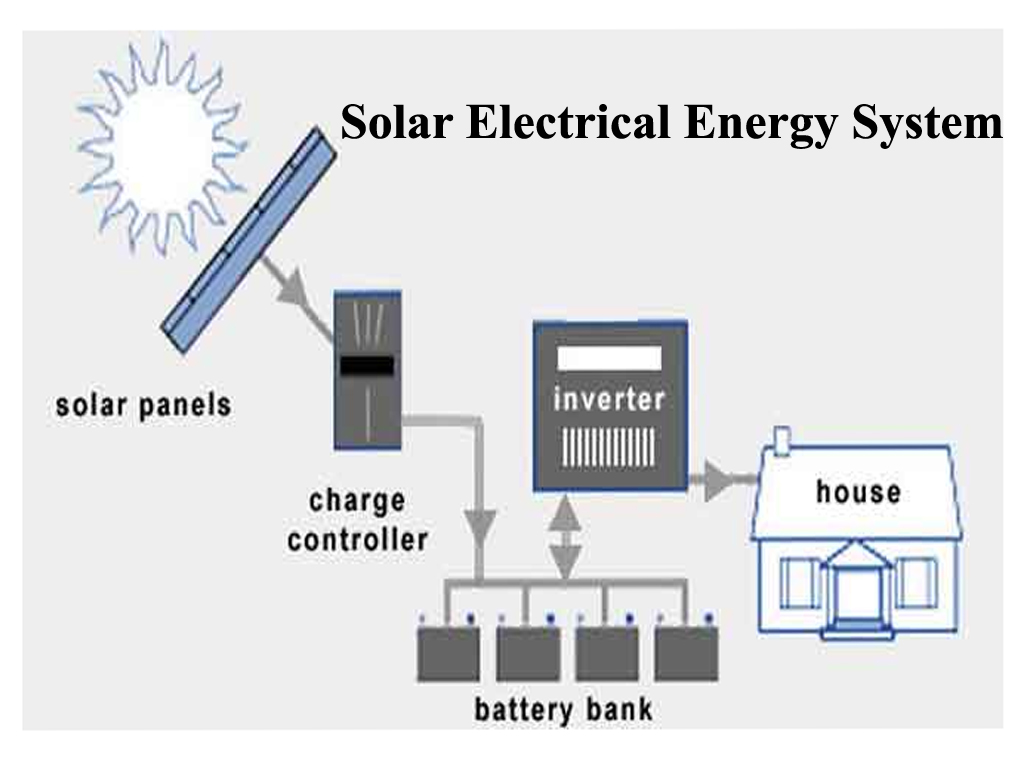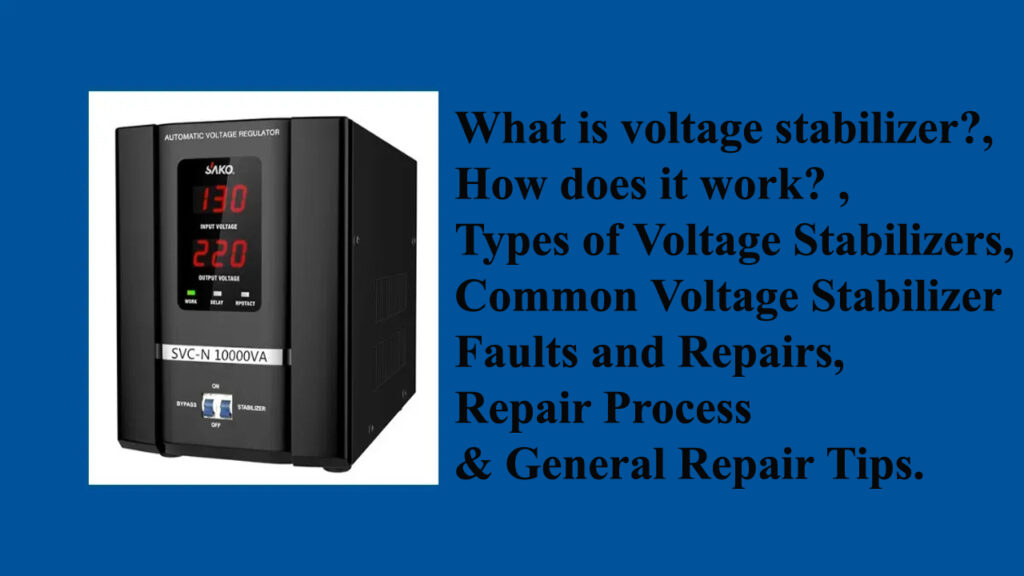What is an Equalizer?
An equalizer (often abbreviated as EQ) is a device or software used to adjust the balance of different frequency components in an audio signal. An equalizer allows you to boost or cut specific frequency ranges (bass, midrange, treble) in sound, to shape the tonal quality of audio.

- Used in: Sound systems, music production, car audio, live concerts, radio broadcasting, and home theater setups.
🎯 Why Is an Equalizer Used?
Purpose of an equalizer:
- Improve sound clarity: Adjust frequencies to make speech or instruments clearer.
- Correct room acoustics: Compensate for how a room naturally boosts or reduces certain frequencies.
- Match personal preference: Customize the sound for more bass, brighter vocals, etc.
- Balance multiple audio sources: Ensure consistency between songs, instruments, or speakers.
- Fix recording flaws: Reduce unwanted noise or frequency peaks.
⚙How Does It Work?
An equalizer works by using filters that boost (increase) or cut (reduce) specific frequency ranges.
Common Frequency Ranges:
| Band | Frequency Range | Example Use |
| Bass | 20–250 Hz | Thump of drums, bass guitar |
| Midrange | 250–4000 Hz | Vocals, most instruments |
| Treble | 4000–20000 Hz | Cymbals, clarity, brightness |
Types of Equalizers:
- Graphic Equalizer
- Fixed frequency bands (e.g., 10-band or 31-band).
- Sliders for each band.
- Easy visual control.
- Parametric Equalizer
- More advanced.
- You can adjust:
- Frequency (which band)
- Gain (how much to boost or cut)
- Q (width of the band)
- Used in studios and mixing.
- Shelving Equalizer
- Affects all frequencies above or below a certain point.
- Example: Bass boost or treble cut.
Simple Analogy
Think of an equalizer like a tone control on a stereo, but with more precision. Instead of just “bass” and “treble”, you can adjust many points along the sound spectrum.
🧰 Example:
Let’s say:
- Your audio sounds too muddy = too much bass.
→ Use EQ to reduce low frequencies (~80–200 Hz). - Vocals sound weak.
→ Boost midrange (~1 kHz–3 kHz). - Sound is too harsh or piercing.
→ Reduce high frequencies (~8 kHz–12 kHz).
Wavelet:
A wavelet is a waveform of effectively limited duration that has an average value of zero and a nonzero norm. It is a “little wave” or a brief oscillation.
Unlike the continuous sine waves used in Fourier analysis, a wavelet is localized in time (or space) and is used to analyze signals based on scale or resolution. A mother wavelet (ψ(t)) is a prototype function from which a family of wavelets is generated by scaling (dilation or contraction) and translation (shifting).
Wavelet Theory
Wavelet theory is the mathematical framework that deals with the representation of functions or signals using wavelets. At its core is the Wavelet Transform (WT), which breaks down a signal into a series of wavelet coefficients. This process provides a time-frequency representation of the signal, meaning it can tell what frequencies are present and when they occur. This dual localization makes it especially powerful for analyzing non-stationary signals (whose frequency content changes over time) or signals with sharp discontinuities or transients.
Different Types of Wavelets
Wavelets are often categorized into families based on their mathematical properties. The choice of wavelet depends on the specific characteristics of the signal and the application.
| Wavelet Family | Key Features | Primary Applications |
| Haar Wavelet | Simplest, discontinuous (step-like), compact support, orthogonal. | Simple and fast computation, good for signals with sudden changes (discontinuities, edges). |
| Daubechies (dbN) | Orthogonal, compact support, extremal phase, characterized by N vanishing moments. | General signal compression, denoising, and analysis. Higher N gives better approximation of smooth signals. |
| Symlets (symN) | Near-symmetric, nearly linear phase, derived from Daubechies. | Designed for applications where phase information is critical, like image processing (though biorthogonal are often preferred). |
| Coiflets (coifN) | Has vanishing moments for both the wavelet and scaling functions. | Designed for better approximation of polynomial signals; often used in compression. |
| Biorthogonal | Relax the orthogonality constraint to allow for symmetric (linear-phase) wavelets. Uses two different wavelets: one for decomposition (analysis) and one for reconstruction (synthesis). | Essential for image compression (e.g., JPEG 2000) due to linear phase property. |
| Morlet Wavelet | Combines a sinusoidal wave with a Gaussian window; non-orthogonal. | Excellent for time-frequency analysis (Continuous Wavelet Transform), especially in geophysical or biomedical signals (e.g., EEG, ECG). |
Wavelets are mathematical functions used to divide a given function or signal into different frequency components and then analyze each component with a resolution matched to its scale. Different types of wavelets exist, each suited to specific applications in signal processing, image compression, noise reduction, and more.
Here’s different types of wavelets:
Haar Wavelet:
- Simplest wavelet.
- Discontinuous, step function.
- Easy to implement, fast computation.
Advantages: Efficient, especially for detecting sudden signal changes.
Disadvantages: Poor frequency resolution.
Use Cases: Real-time signal processing, image compression (e.g., JPEG 2000).
Daubechies Wavelets (DbN):
- Developed by Ingrid Daubechies.
- Compactly supported (finite length), orthogonal wavelets.
- The number (N) determines the order and the number of vanishing moments.
- Db1 is equivalent to the Haar wavelet.
Advantages: Better frequency resolution than Haar.
Use Cases: DE noising, ECG signal analysis, image compression.
Symlets (SymN):
- Symmetric version of Daubechies wavelets.
- Nearly symmetric, orthogonal.
Advantages: Better signal reconstruction due to symmetry.
Use Cases: Biomedical signal processing, speech analysis.
Coiflets (CoifN):
- Developed by Ronald Coifman.
- Wavelets with both scaling and wavelet functions having vanishing moments.
- More symmetric than Daubechies.
Advantages: Good time-frequency localization.
Use Cases: Signal denoising, data compression.
Biorthogonal Wavelets:
- Allow symmetric wavelets with separate decomposition and reconstruction filters.
- Not necessarily orthogonal.
Advantages: Perfect reconstruction, linear phase filters.
Use Cases: Image compression (e.g., used in JPEG 2000), medical imaging.
Meyer Wavelet:
- Continuous wavelet with infinite support.
- Smooth in both time and frequency domains.
- Not compactly supported.
Advantages: Excellent frequency localization.
Use Cases: Theoretical analysis, applications needing smooth wavelets.
Morlet Wavelet:
- Complex wavelet composed of a plane wave modulated by a Gaussian.
Advantages: Good for time-frequency localization of non-stationary signals.
Use Cases: EEG analysis, seismic signals, continuous wavelet transform (CWT).
Mexican Hat Wavelet (Ricker Wavelet):
- Second derivative of a Gaussian.
- Real-valued, symmetric.
Advantages: Good for edge detection.
Use Cases: Geophysics, CWT, feature detection in images.
Shannon Wavelet:
- Based on Shannon’s sampling theorem.
- Perfect frequency localization, poor time localization.
Use Cases: Theoretical analysis, signals with known frequency content.
- Fejér–Korovkin Wavelet:
- Has polynomial frequency response.
- Rarely used but valuable in certain approximation theory contexts.
Choosing the Right Wavelet:
Depends on:
- Application (compression, denoising, etc.)
- Signal characteristics (stationary vs. non-stationary)
- Need for symmetry or compact support
- Computational efficiency
Advantages of Wavelet Analysis
- Time-Frequency Localization: Provides excellent resolution in both time and frequency domains simultaneously, making it superior to the Fourier Transform for non-stationary or transient signals.
- Multi-Resolution Analysis (MRA): Allows for the decomposition of a signal into different scales (resolutions), letting you analyze fine details (high frequency) and coarse features (low frequency) independently.
- Adaptability to Signals: Wavelet bases are better at sparsely representing signals with sharp spikes or discontinuities than the sinusoidal bases of Fourier analysis, leading to better compression and denoising performance.
- Reversibility (for certain transforms): The original signal can be perfectly reconstructed from its wavelet coefficients.
- Computational Efficiency: The Discrete Wavelet Transform (DWT) can be computed very efficiently using filter banks (Fast Wavelet Transform).
Disadvantages of Wavelet Analysis
- Choice of Wavelet: There is no single “best” or universal wavelet. The performance of the analysis is highly dependent on selecting the appropriate mother wavelet for the specific signal and application, which requires experience and tuning.
- Boundary Effects: Wavelet transforms can introduce artifacts at the beginning and end of a signal segment (boundary effects) due to the finite length of the data.
- Computational Intensity (CWT): The Continuous Wavelet Transform (CWT) is highly redundant and computationally intensive, often making the Discrete Wavelet Transform (DWT) the preferred choice for practical implementation.
- Less Effective for Pure Stationary/Harmonic Signals: For purely periodic or stationary signals, the traditional Fourier Transform is generally better suited and more efficient.
- Lack of Phase Information (in some representations): Some wavelet representations (like the scalogram for CWT) only consider the magnitude, leading to a loss of phase information.
Applications
Wavelet theory has a wide range of applications across various fields of science and engineering:
- Signal Processing:
- Denoising/Noise Reduction: Used to remove noise from signals (audio, speech, medical) while preserving important features.
- Feature Extraction: Wavelet coefficients are used as features for pattern recognition and machine learning models (e.g., in medical signal analysis like EEG, ECG).
- Anomaly Detection: Detecting transient events, faults, or sudden changes in time-series data.
- Image Processing:
- Compression (JPEG 2000): Wavelet-based compression is a core component of the JPEG 2000 image standard, offering better visual quality at low bitrates compared to the DCT-based JPEG.
- Denoising and Enhancement: Removing noise from images.
- Edge Detection: Locating edges and other fine details.
- Engineering and Science:
- Geophysical Analysis: Analyzing seismic signals, ocean wind waves, and atmospheric turbulence.
- Electrical Engineering: Classification of power quality disturbances, fault identification in transmission lines, and signal denoising in electric drive applications.
- Biomedical Engineering: Analysis and processing of bio-signals (EEG, ECG, MRI).
- Data Analysis and Forecasting: Analysis and prediction of time-series data in finance and economics.
- Numerical Analysis: Solving differential equations (e.g., using Haar wavelet methods).

